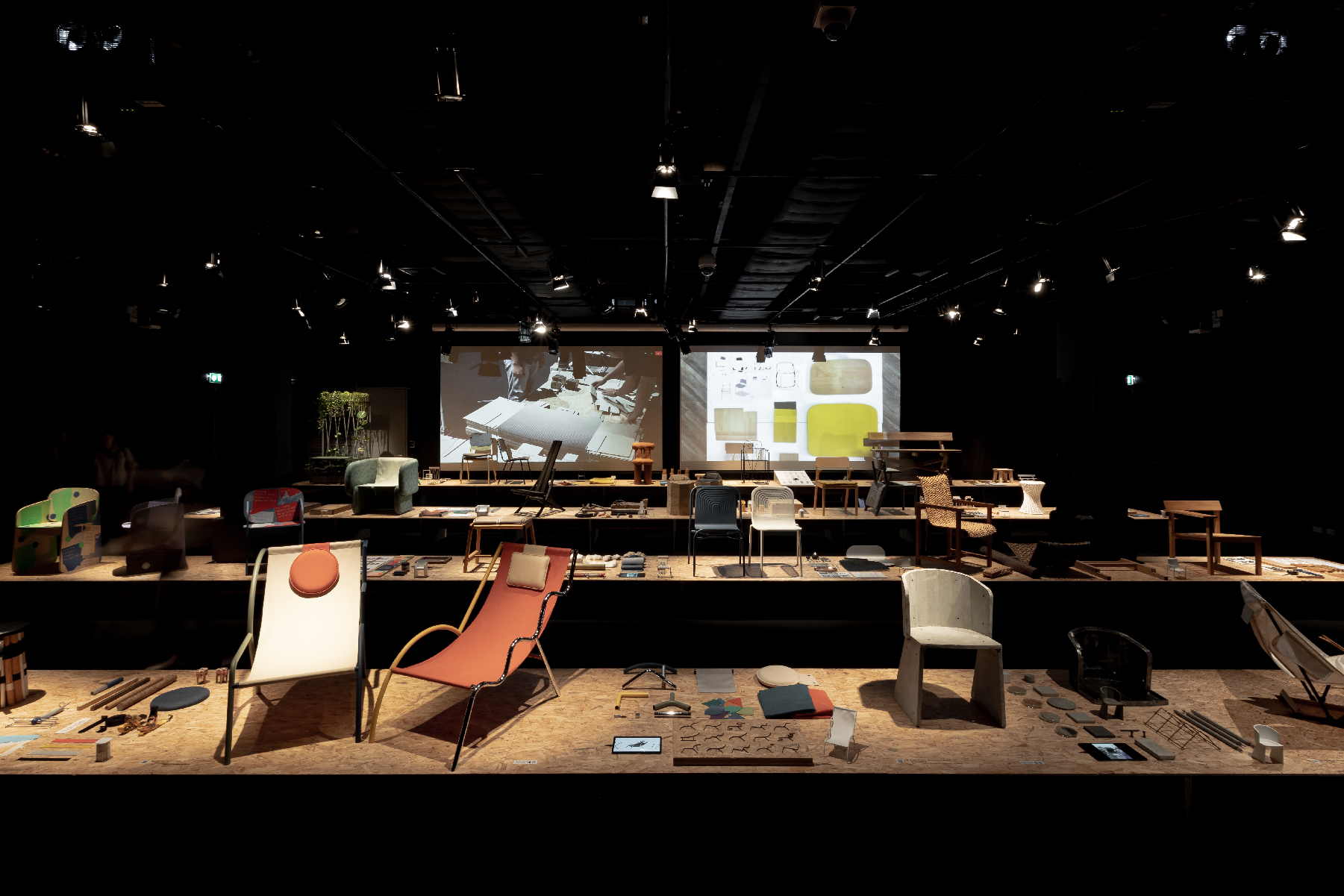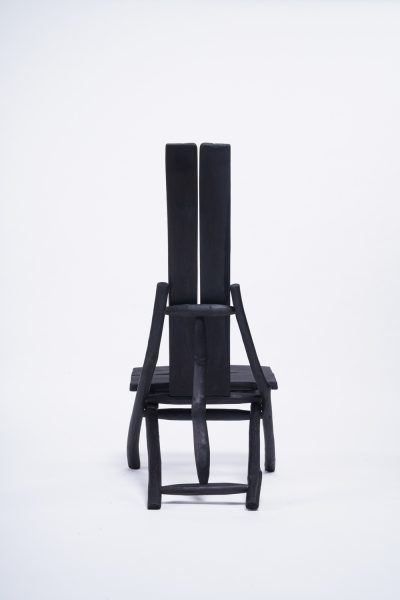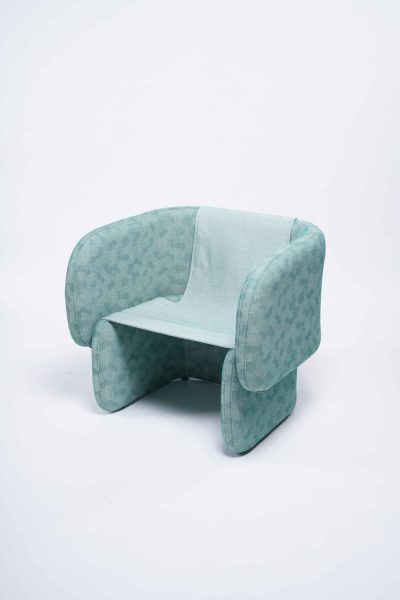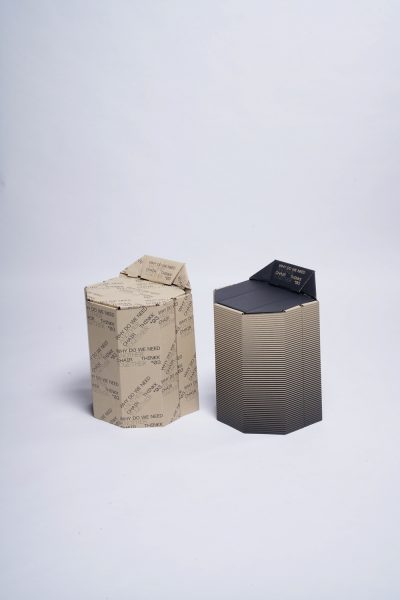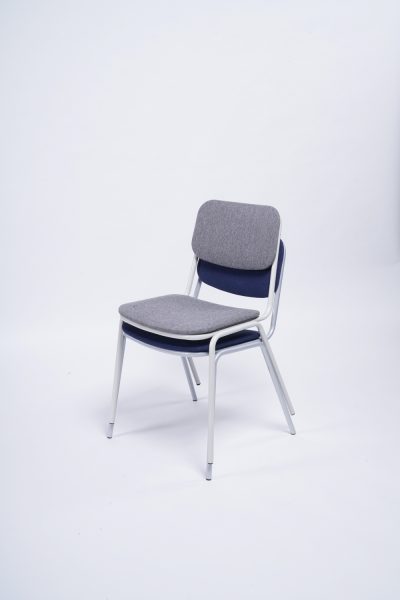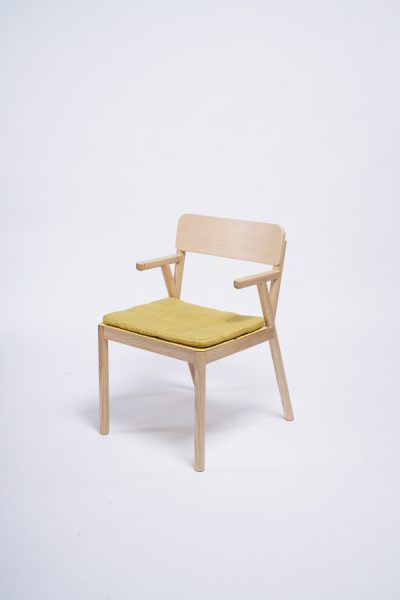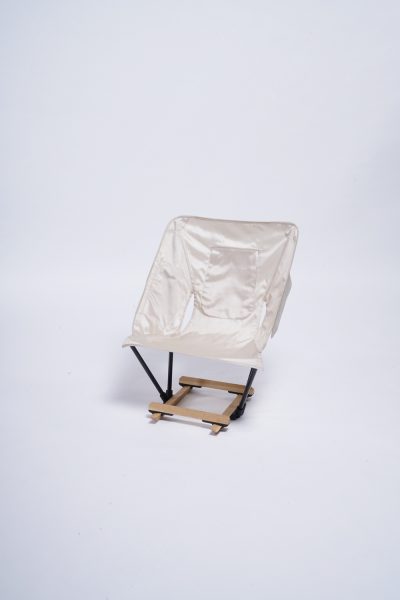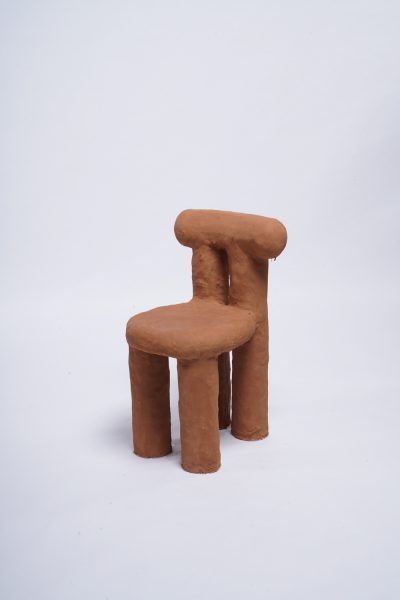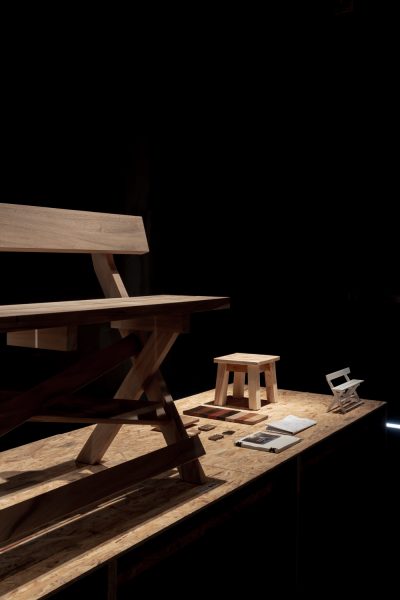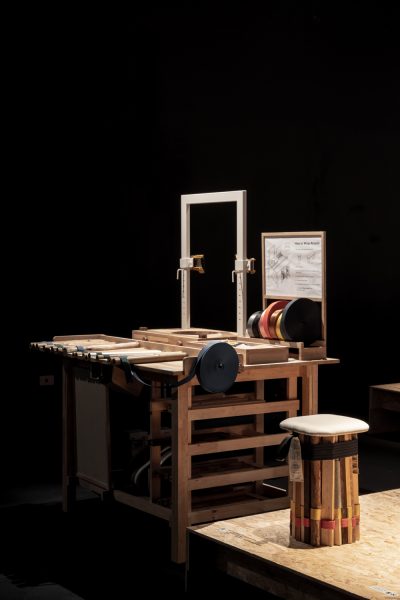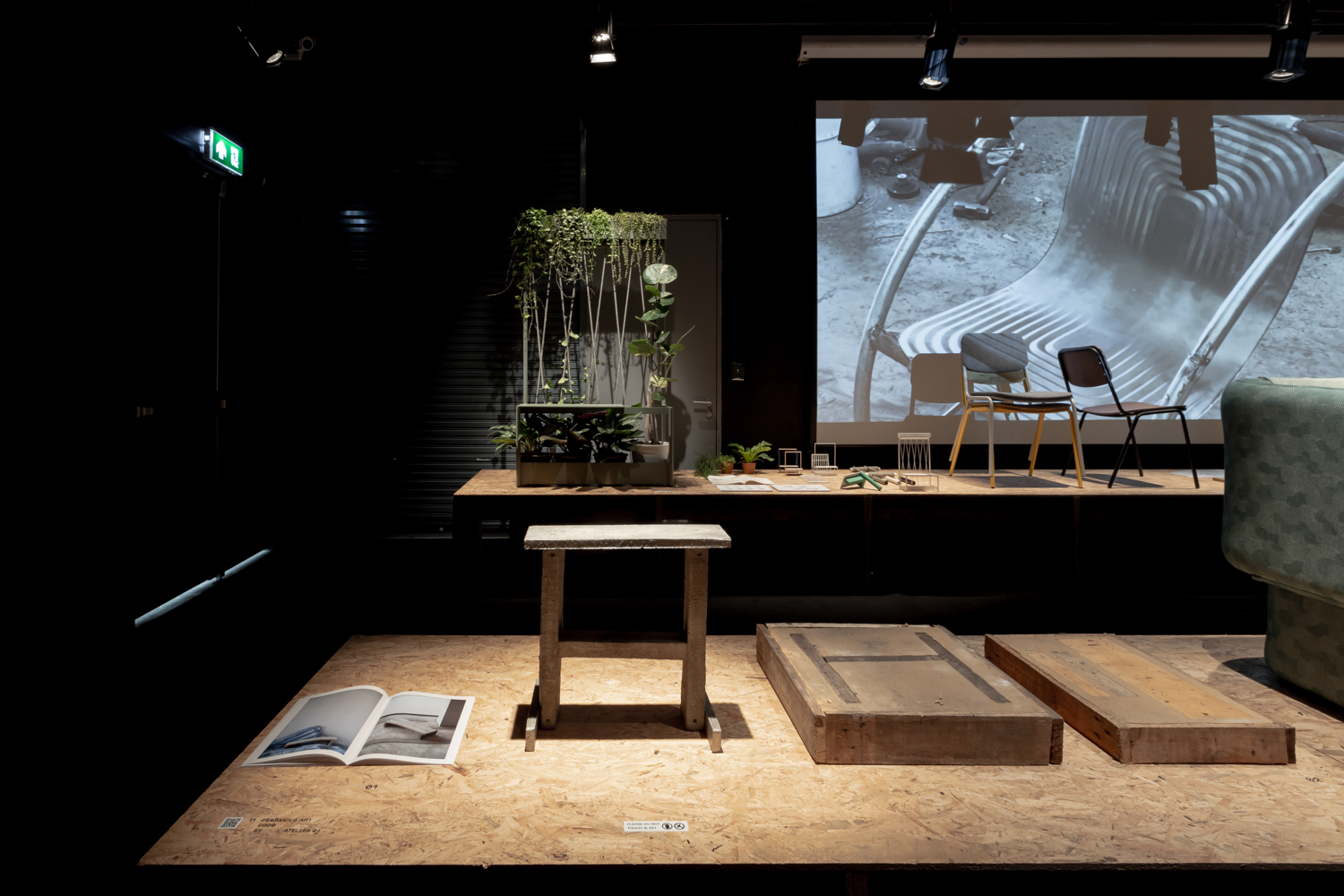THE THIRD EDITION OF ‘THINKK TOGETHER’, AN EXHIBITION AND DESIGN LABORATORY, THAT CREATED THROUGH THE COLLABORATION BETWEEN THINKK STUDIO AND OTHER DESIGNERS, PRESENTING 21 CHAIRS AND THE ANSWER TO THE QUESTION OF “WHILE THERE ARE A LOT OF GOOD CHAIRS, WHY DO WE STILL CONTINUE TO DESIGN MORE OF THEM THROUGHOUT TIME?”
TEXT: SUMANATSYA VOHARN
PHOTO: KETSIREE WONGWAN EXCEPT AS NOTED
(For Thai, press here)
THINKK Together, a design laboratory initiated by THINKK Studio, has been active for three years in a row now. Its “collaborative” exhibition has evolved continuously and expanded the way the general public understands design, highlighting the fact that design not only has commercial impacts but it also has the hidden potential to spark learning processes and inspiration in every aspect of life to push for a better society.
Photo courtesy of THINKK Studio
WHY DO WE NEED ANOTHER CHAIR, the third laboratory of THINKK Together, invited creatives from various fields to design 21 chairs that expresses different views, some projects functioning almost as critical questions. The exhibition raises the century old question that has been nagging the design industry all across the world: “So many good chairs exist, why are we still designing new ones?” The project also shows that apart from the manufacturer, the designer and the consumer, critics and curators actually play a crucial role in making design more accessible to the pubic.
Design as an Attitude (2018), written by Alice Rawsthorn and inspired by Bauhaus professor László Moholy-Nagy, might help understand better conceptual roots of this exhibition. The book examines how a new generation of designers, that had shifted from being specialists to “building a positive attitude towards society”, worked and envisioned design. Alice Rawsthorn believes that the perfection of creative design does not lie in an individual work and accomplishment but is the result of an intelligent handling of knowledge and an understanding of the needs of each individual, community, society, environment and economy, taking into account politics and technology. That is what we define as impactful design, design that has the ability to influence our daily life and our future.
In WHY DO WE NEED ANOTHER CHAIR, the chairs embody design processes. Designers and architects know there is nothing easy about designing a chair, but conceiving an exhibition that combines a wide range of multidisciplinary expertise is also a challenging task. The result holds the potential to confront the public’s expectations and question conventional criteria of what defines a good chair. WHY DO WE NEED ANOTHER CHAIR is not about evaluating a chair design based on standard design criteria.
The 21 creations all have different appearances and are concerned with various subjects according to assignments that were given. Those themes and directives range from use of technology in design, industrial design, industrial craft design, ecological designs, to designing for the elderly, working with a community, arts and aesthetics of living, and manufacturing technique cross overs. “Respect the nature” by o-d-a (object design alliance), a design studio lead by Piti Amrarong and Juthamat Buranachet, is an excellent example of a design process based on the themes cited above.
o-d-a imagined their chair as the second life of a dead and standing rosy trumpet tree. The same material is reborn into a new function (becoming a chair). The understanding of the universal truths of nature, life and material know-how connects o-d-a’s work to Maxlamb’s piece: “My Grandfather.” The project traces the history of another tree in a very different form. It dismisses “original design” as an outdated debate in favour of the more interesting question of “longevity of design”, or the conceptual sustainability of design beyond form.
Another interesting project is “Stamping” which emphasises on the added-value of the manufacturing process. The piece was designed by Silver Skin x THINKK Studio and addresses the need for businesses to adapt in order to survive. In this case, the designers worked with a manufacturer specialised in metal stamping under their technical conditions, to create chairs that challenge the capacity to produce pieces at a larger scale.
The exhibition presents another 19 projects that we wouldn’t be able to account for in one article even if we tried to, but what is worth noting here is that the exhibited creations are not only finished works but also displays of materials that communicate the different influences that make up the chairs’ conceptual environment.
The objective of WHY DO WE NEED ANOTHER CHAIR is not to design 21 chairs for the market but to give people access to the creative thinking at the heart of each design. It reveals the importance of understanding different contexts and situations to be able to adapt our design thinking to respond to various assignments. If anyone is looking for an answer to the perennial question of why we need to design new chairs if many excellent designs already exist, we believe that the 21 chairs of the exhibitions form a clear response: “Because our world is changing every day, there are countless valuable ways of thinking, point of views and topics that are worth exploring and expanding.”

